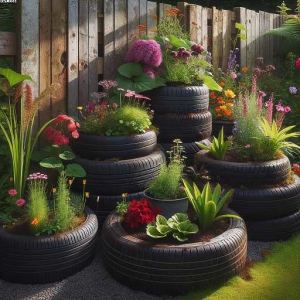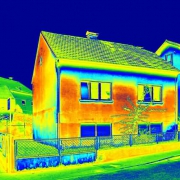Keep Your Growing Room Warm
Keep Your Growing Room Warm
Keep Your Growing Room Warm
So to keep in line with my last post, here are a few ideas to keep your growing room warm for your plants this winter. Many grow rooms are situated in modern homes with central heating.
Even though this year’s autumn has been pretty mild, temperatures are starting to drop, especially at night, as winter approaches. As a result, every indoor gardener will be looking for ways to maintain grow rooms at the ideal range of 25–28°C when the lights are on and 18–21°C when they are off.
Low grow room temperatures can harm your plants; one of the first symptoms is purpling of the stems, which is followed by sluggish or stunted development as nutrient intake and photosynthesis levels fall. Since, let’s face it, nobody wants a subpar harvest after all the hard work you’ve put in over the previous weeks, the outcome will not only be a bad final output but also a lower-than-expected level of harvest quality.
So, the simple way would be to keep the central heating on 24/7. The problem with this is that it would probably be too warm for us humans to tolerate. Individual radiator thermostats are a great idea, as you can control each radiator. including the one in the growing room. If the radiator is set to a certain temperature, it will change how much heat it sends out to match. Don’t forget that heat is given off by your lighting and ventilation, so some sort of control will be required to maintain a certain temperature.
Heat control can be easy to maintain, provided there are no dramatic temperature changes.
Some methods of heat control
By using some of these ideas, you can keep the temperature from dropping too much. thus resulting in poor-growing plants and a smaller harvest. Earlier, I mentioned the lights. Of course, this depends on what lights you are using. Older lighting systems emit a lot of heat and can drastically change the temperature. LED lights burn at much lower temperatures and are more controllable, in my opinion.
Unfortunately, we have a large number of Victorian houses in the UK. These larger stone terraced houses are much more difficult to control, even with central heating systems. Therefore, there should be a couple more safeguards to look at.
- Fan speed controllers can be used to reduce the amount of air intake and extraction (making things hotter or cooler)
- For older properties you could add extra heating such as electric fan heater with an in built thermostat if possible.
- Its always a good idea to Insulate your grow room floor, wall and ceiling (there are many products on the market at good prices)
- In a water tank then use a water heater for large volumes of nutrient solution (dont put cold water onto your plants ! remember the 19c rule)
- Buy a maximum and minimum temperature gauge and regularly check the humidity readings.
- Dont pull in freezing air so obtain your intake air from a different room (Keeps the temperature ambient)
- Ensure your nutrients are stored at the correct room temperature
- Change round day and night by running your grow lights during the night and lights off during the day.
- I hope this will help new growers in particularly.


